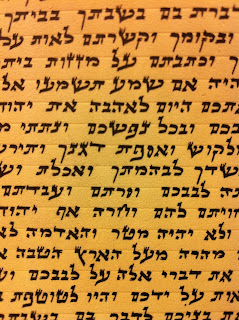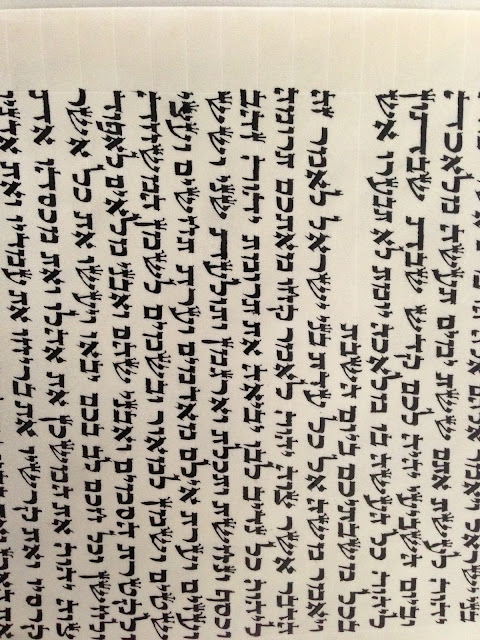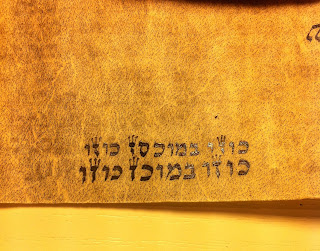Introduction When checking STa”M (Sifrei Torah, tefillin and Mezuzos) , it is not uncommon for an examiner to encounter a shailos chochom , a question that requires the psak (ruling) of an expert rav or moreh horoah . However not all morei horoah / rabbanim are comfortable answering technical shaolos in STa”M - as a matter of fact very few are. Additionally, virtually all the noteworthy poskim in STa”M today live in Eretz Yisroel . As a sofer living in Melbourne, I have personally relied heavily on overseas rabonnim to answer my questions, either by telephone or by email. If the question concerns a tzuras haos (formation of a letter), very often I will take a clear digital photograph or high resolution scan and email it to the rov for a ruling. In the past, upon receiving an answer, I would often share the email with other sofrim around the world who were on my email list. Likewise, many of them shared their answers with me. (Over the years I have amassed hundr





